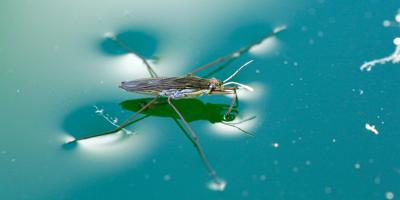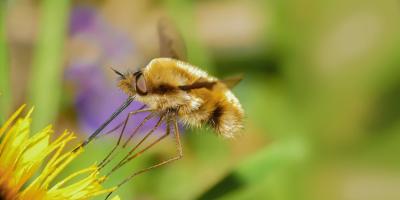Termite Swarms? Maybe Not...

There is good reason for concern when a termite swarm is discovered on your property. Termites cause significant, costly damage to structures, totaling more than $5 billion annually in the United States. The good news is that what you think is a termite swarm might actually be something else entirely.
Citronella ants are another type of swarming insect, whose swarmers look very similar to their termite counterparts. However, citronella ants and their seasonal swarms amount to nothing more than a nuisance.
Here’s how to tell the difference…
Simple Signs of Citronella Ants
While it can be difficult for an untrained eye to recognize physical differences between citronella ants and termites, there is an easily-recognizable, distinct smell associated with citronella ants, just as their name suggests. If you were to step on or otherwise crush a citronella ant, you would soon encounter a citronella, or lemon verbena scent.
Citronella ants feed of what is called “honeydew,” which is excreted by aphids and mealybugs. Often simply called yellow ants, they are commonly seen during late summer and early fall, as well as in the early spring.
Aside from their smell, citronella ants feature different antennae compared to termites. Where termites have beaded antennae, citronella ants’ antennae look bent (or “elbowed”) halfway. While both termite- and citronella ant swarmers have four wings, the ants sport shorter wings at the back with noticeable veins running throughout. A termite’s wings, on the other hand, are twice as long as its body and all four match in length. Unlike citronella ants, termite wings do not display veins.
The shape of their bodies also distinguishes citronella ants from termites. Three segments make up the citronella ant body, which looks to have a narrow waist, while termites are made of two segments and lack the narrowed waist.
Behavior-wise, citronella ants tend to stay outdoors unless swarming sends them inside. In that case, they are just an aggravation and will not cause structural harm to your home the way termites do.
Still not certain what you’re dealing with? Upload and send a photo of the pest in question to our certified entomologist for free identification.



